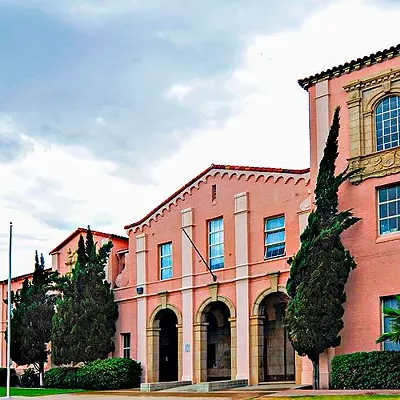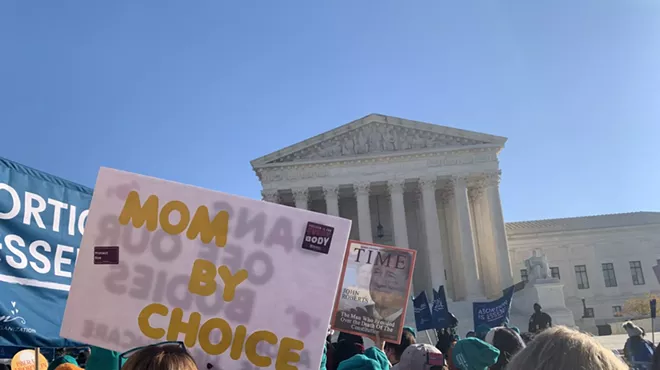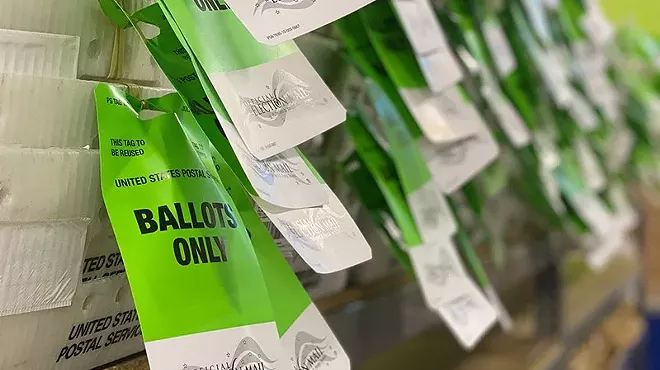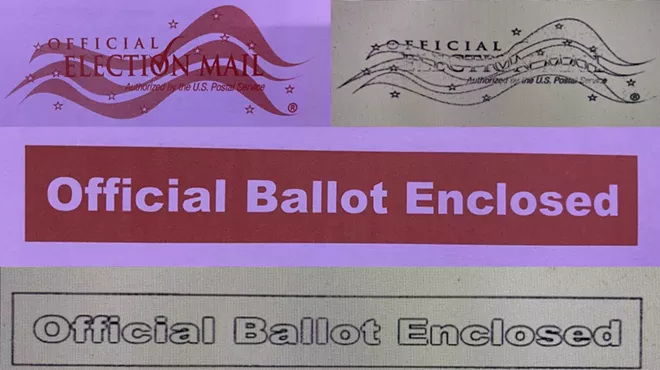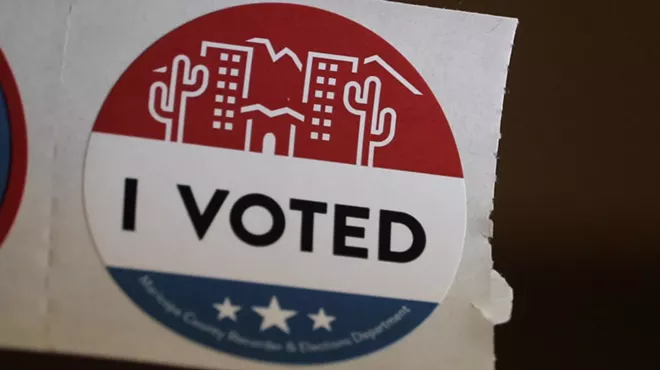Friday, January 6, 2017
TUSD Magnet Schools, Desegregation, and the Next Step
It's no surprise that a number of TUSD schools lost their magnet status. A magnet school is supposed to have something special about it to attract students who are outside the neighborhood, with the purpose of improving the school's ethnic balance, and the district has failed to meet the court's required goals for the schools. The six schools are Ochoa Elementary, Robison Elementary, Safford K-6, Utterback 6-7, and Cholla and Pueblo high schools. The schools aren't closing, but they will no longer be considered magnet schools.
This is a failure for TUSD and its students, an opportunity lost. Most studies indicate that students achieve at higher levels in more integrated schools, especially minority students. On top of that, society benefits when people learn to know each better other across ethnic lines, and integrated schools are an ideal place for that to happen.
However, there's another side to the story. TUSD is, depending on how you look at it, in good company or bad company in its failure to integrate its schools. The famous 1954 Supreme Court case, Brown v. Board of Education, made it unconstitutional for states to demand that schools be segregated, but across the nation 68 years later, segregation has increased since 1970, and there are few signs that trend will turn around any time soon. Recently I did a reasonably extensive online search looking for urban school districts whose integration efforts could be called successful. Few came even close to qualifying. One of the rare exceptions is the Jefferson County Schools in the Louisville, Kentucky, area. The way it has succeeded is by creating a county-wide school district, then dividing it into 13 separate clusters, each containing an economic and ethnic student mix, and even this successful plan nearly collapsed any number of times due to intense public pressure. There may be a case of an urban district which has successfully desegregated its schools using the magnet school model, but I haven't come across it.
Charter schools, by the way, tend to be more segregated than district schools, so going with charters isn't a deseg solution.
It's not really surprising that TUSD and other districts have difficulty getting parents to voluntarily send their children to schools outside the neighborhood, especially when it's white parents who are called upon to move their kids. If white, college-educated parents with middle-class-or-higher incomes live in a neighborhood with lots of similar families, it's a hard sell to convince them their children will be better off attending a school that's far away, populated with children from a minority group — mainly Hispanic in Tucson, often African American in other cities — with parents who generally have lower incomes and educational attainment and in a neighborhood where they would feel uncomfortable walking around. It sounds like a better, easier choice to send their children to the close-by neighborhood school filled with children who look like their children and have similar experiences. It's a classic white privilege situation. Parents who can afford to choose their neighborhood and the schools their children attend are unlikely to give up their children's educational privilege. They may believe in the goal of school integration in the abstract, but not when it comes to their own children. A host of factors would also keep lower income white families from sending their children out of the neighborhood to majority-minority schools.
TUSD may have to give up $3 million in deseg funding because it's losing magnet designation at those six schools, or it may be allowed to hang onto the money a bit longer. Either way, there's one positive which may come out of a bad situation. If the district no longer is expected to make an attempt to attract students outside the neighborhood to these schools, it might be able to focus more intently on the neighborhood students it has and try to maximize their educational experiences. That's far from an ideal situation, but it may make the school's mission, which is to serve the students who walk through the schoolhouse doors, clearer.
This is a failure for TUSD and its students, an opportunity lost. Most studies indicate that students achieve at higher levels in more integrated schools, especially minority students. On top of that, society benefits when people learn to know each better other across ethnic lines, and integrated schools are an ideal place for that to happen.
However, there's another side to the story. TUSD is, depending on how you look at it, in good company or bad company in its failure to integrate its schools. The famous 1954 Supreme Court case, Brown v. Board of Education, made it unconstitutional for states to demand that schools be segregated, but across the nation 68 years later, segregation has increased since 1970, and there are few signs that trend will turn around any time soon. Recently I did a reasonably extensive online search looking for urban school districts whose integration efforts could be called successful. Few came even close to qualifying. One of the rare exceptions is the Jefferson County Schools in the Louisville, Kentucky, area. The way it has succeeded is by creating a county-wide school district, then dividing it into 13 separate clusters, each containing an economic and ethnic student mix, and even this successful plan nearly collapsed any number of times due to intense public pressure. There may be a case of an urban district which has successfully desegregated its schools using the magnet school model, but I haven't come across it.
Charter schools, by the way, tend to be more segregated than district schools, so going with charters isn't a deseg solution.
It's not really surprising that TUSD and other districts have difficulty getting parents to voluntarily send their children to schools outside the neighborhood, especially when it's white parents who are called upon to move their kids. If white, college-educated parents with middle-class-or-higher incomes live in a neighborhood with lots of similar families, it's a hard sell to convince them their children will be better off attending a school that's far away, populated with children from a minority group — mainly Hispanic in Tucson, often African American in other cities — with parents who generally have lower incomes and educational attainment and in a neighborhood where they would feel uncomfortable walking around. It sounds like a better, easier choice to send their children to the close-by neighborhood school filled with children who look like their children and have similar experiences. It's a classic white privilege situation. Parents who can afford to choose their neighborhood and the schools their children attend are unlikely to give up their children's educational privilege. They may believe in the goal of school integration in the abstract, but not when it comes to their own children. A host of factors would also keep lower income white families from sending their children out of the neighborhood to majority-minority schools.
TUSD may have to give up $3 million in deseg funding because it's losing magnet designation at those six schools, or it may be allowed to hang onto the money a bit longer. Either way, there's one positive which may come out of a bad situation. If the district no longer is expected to make an attempt to attract students outside the neighborhood to these schools, it might be able to focus more intently on the neighborhood students it has and try to maximize their educational experiences. That's far from an ideal situation, but it may make the school's mission, which is to serve the students who walk through the schoolhouse doors, clearer.
Tags: TUSD , Desegregation , Ochoa Elementary , Robison Elementary , Safford K-6 , Utterback 6-7 , Cholla High Schoo , Pueblo High School




